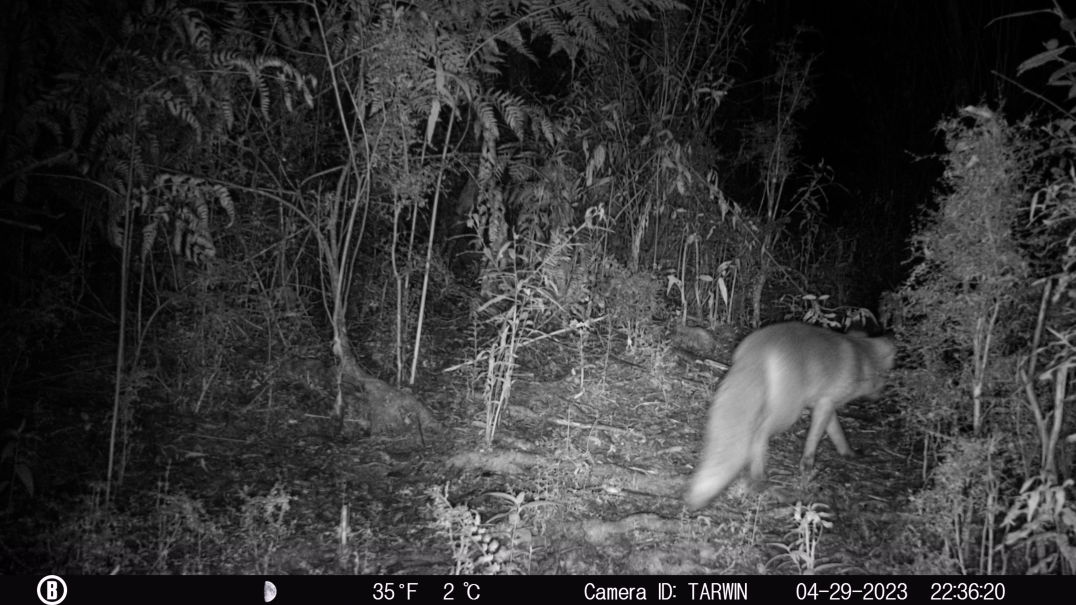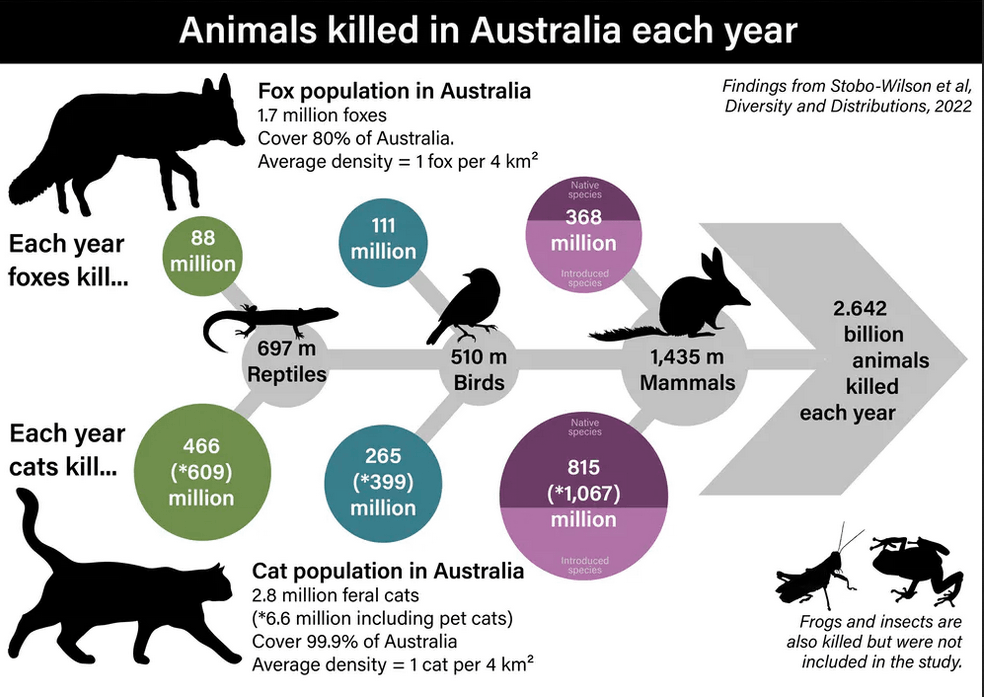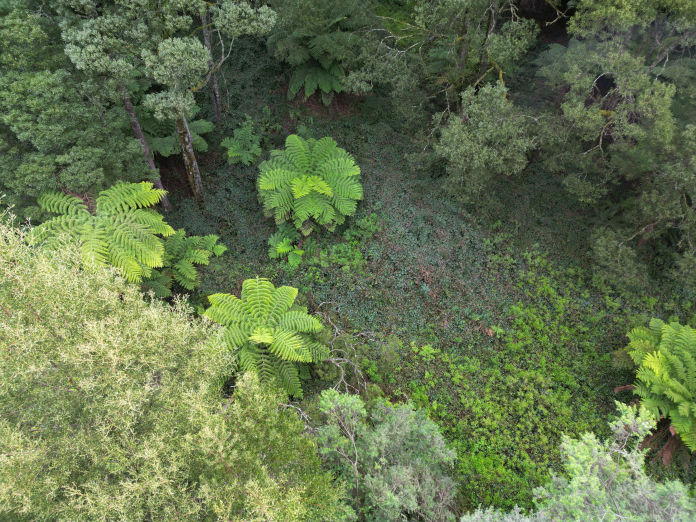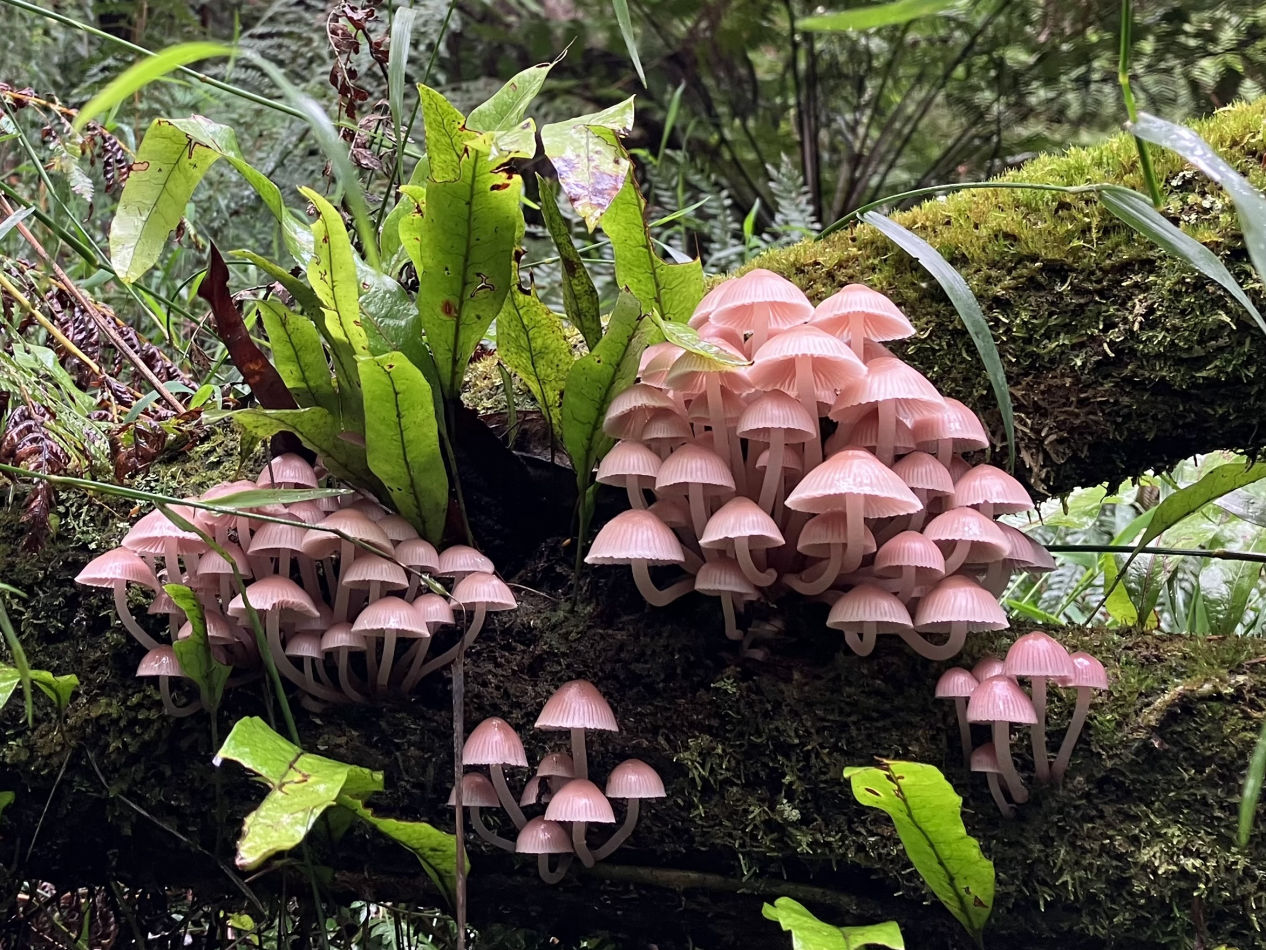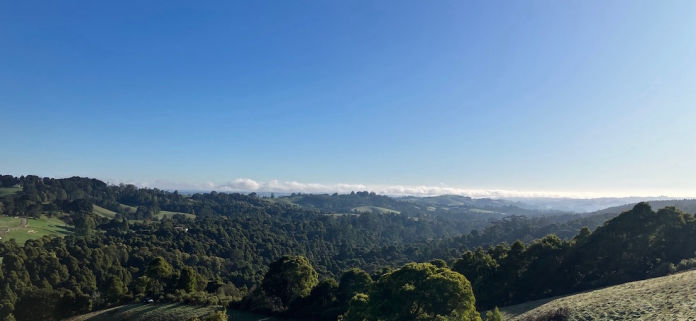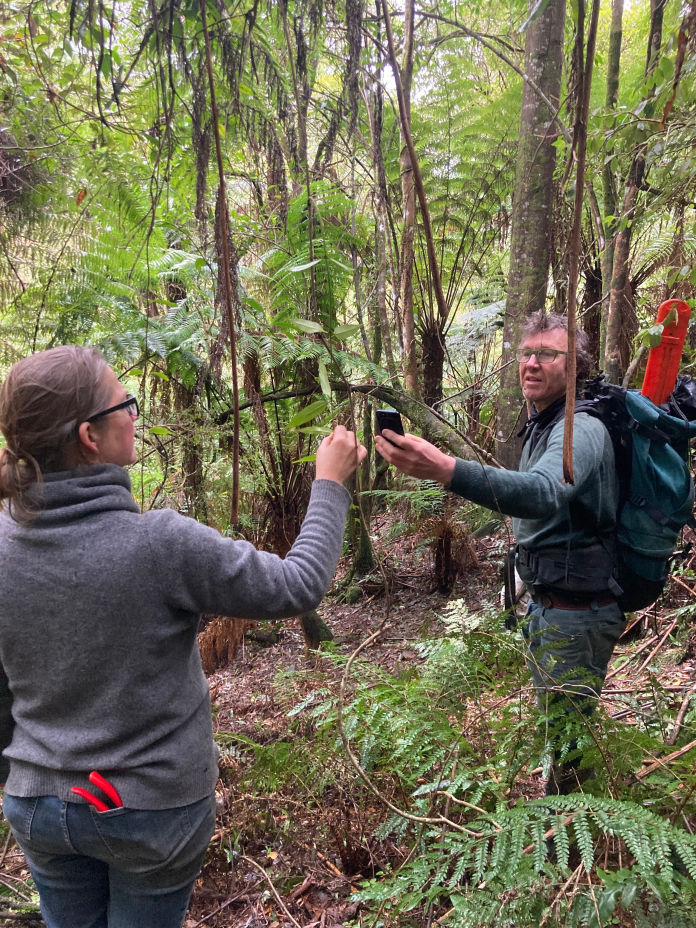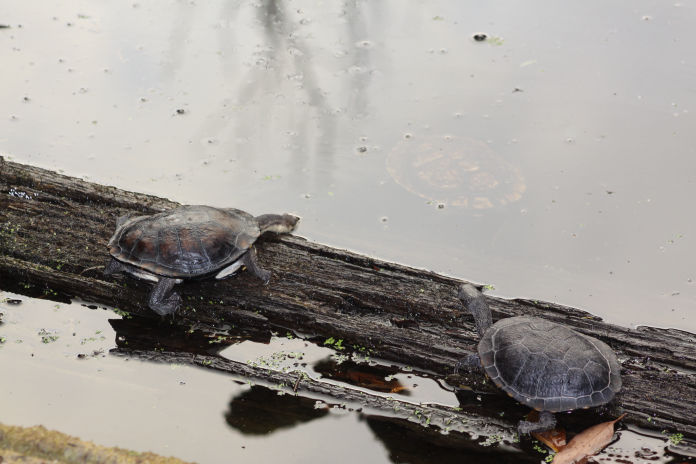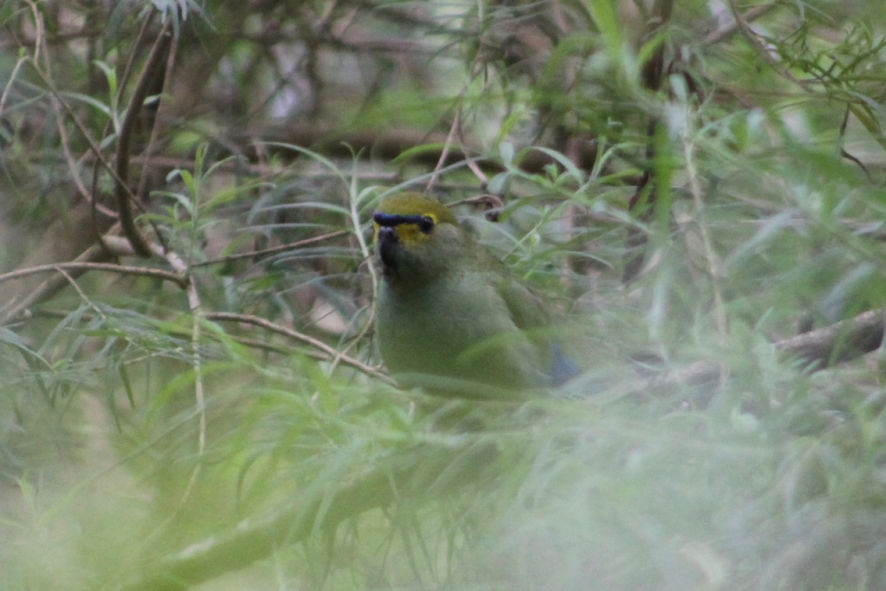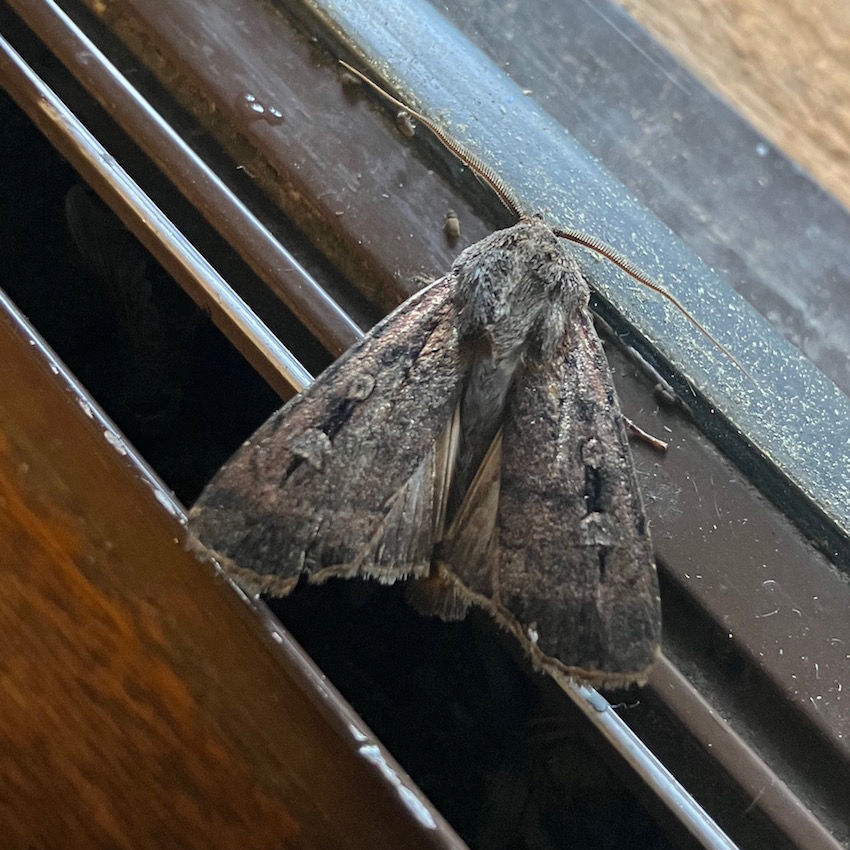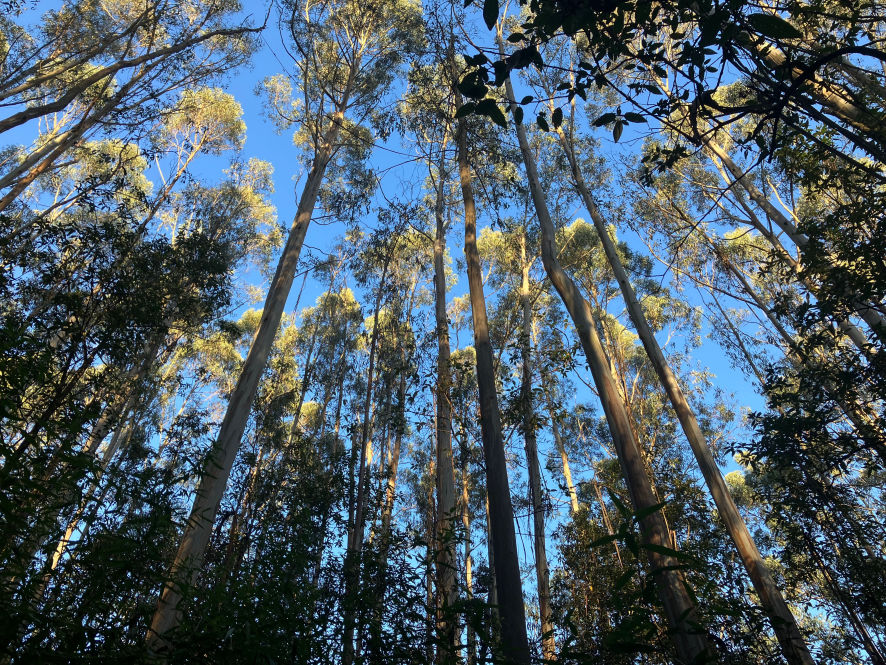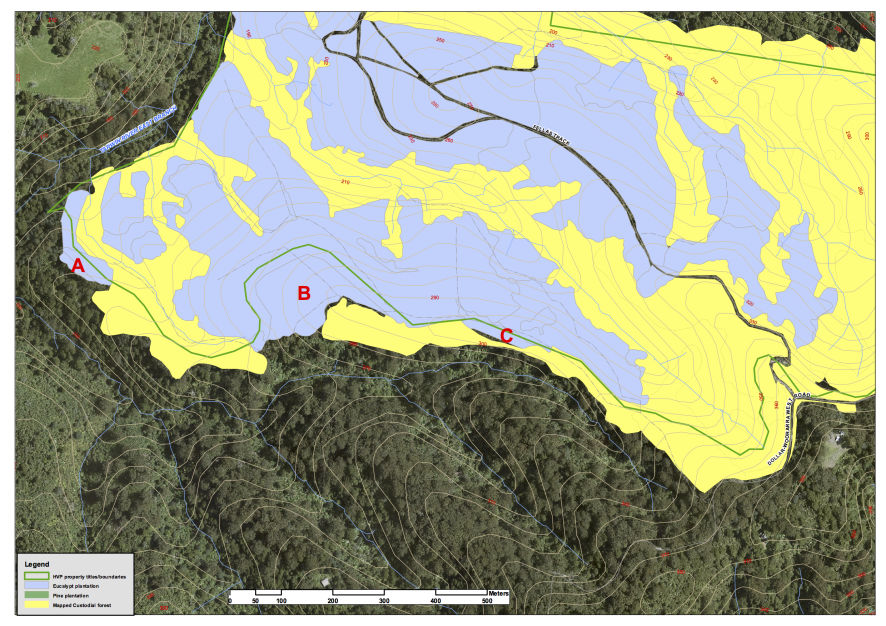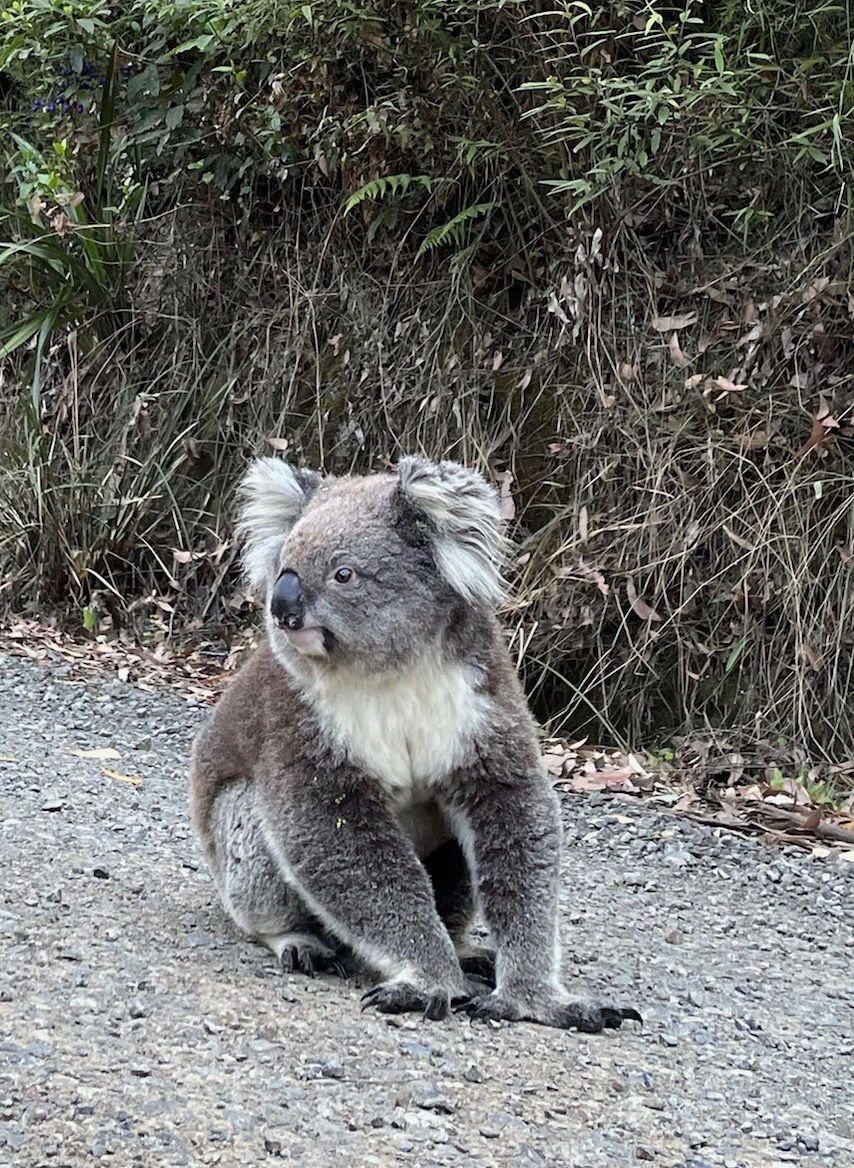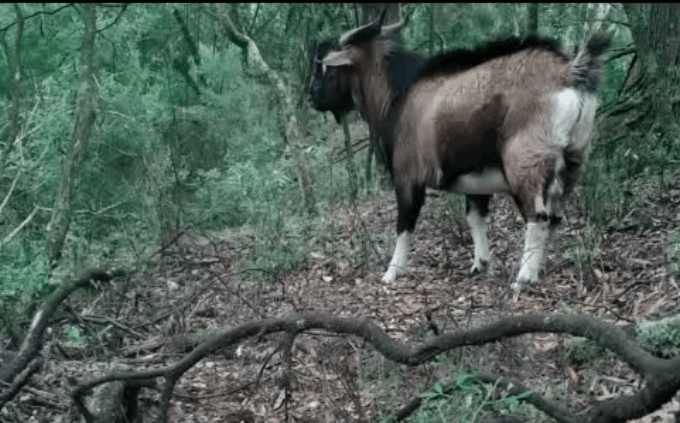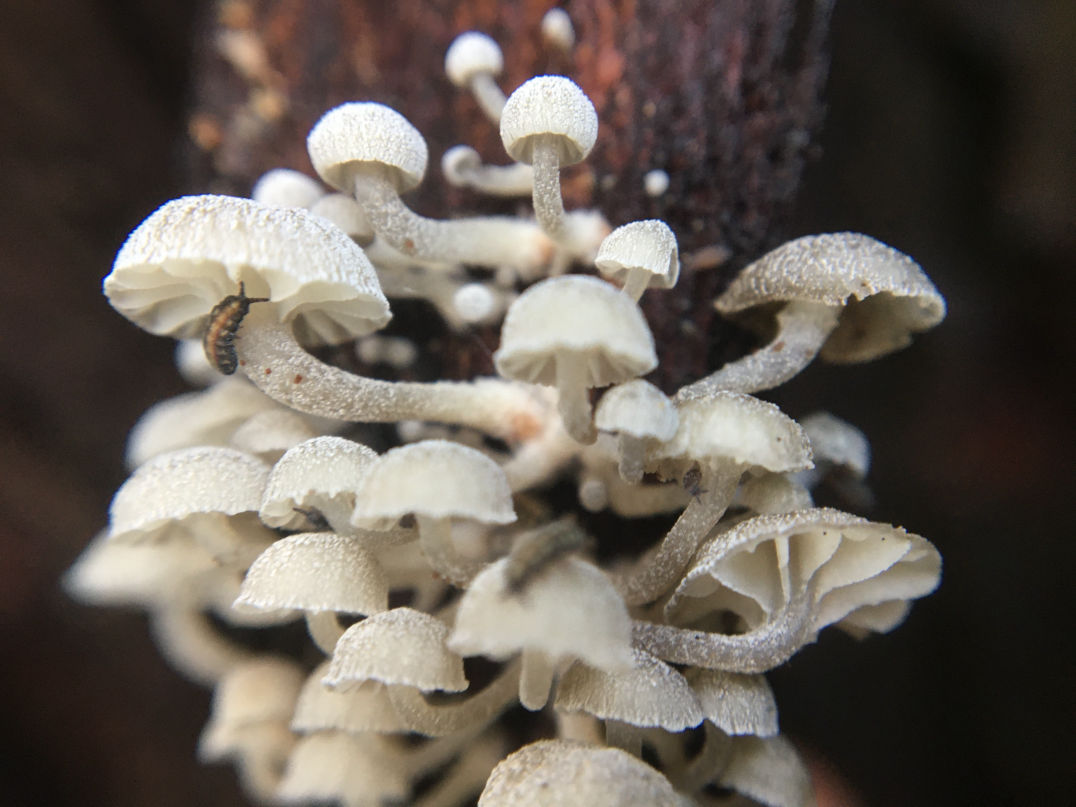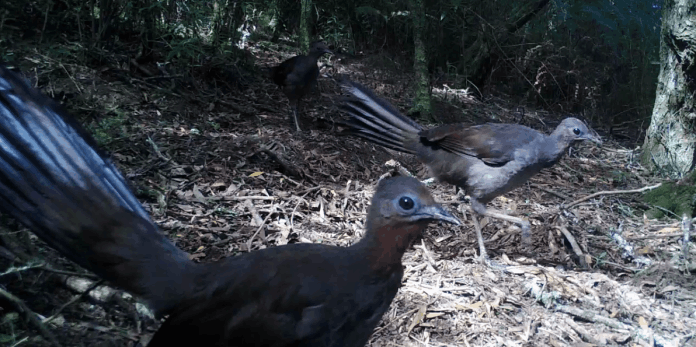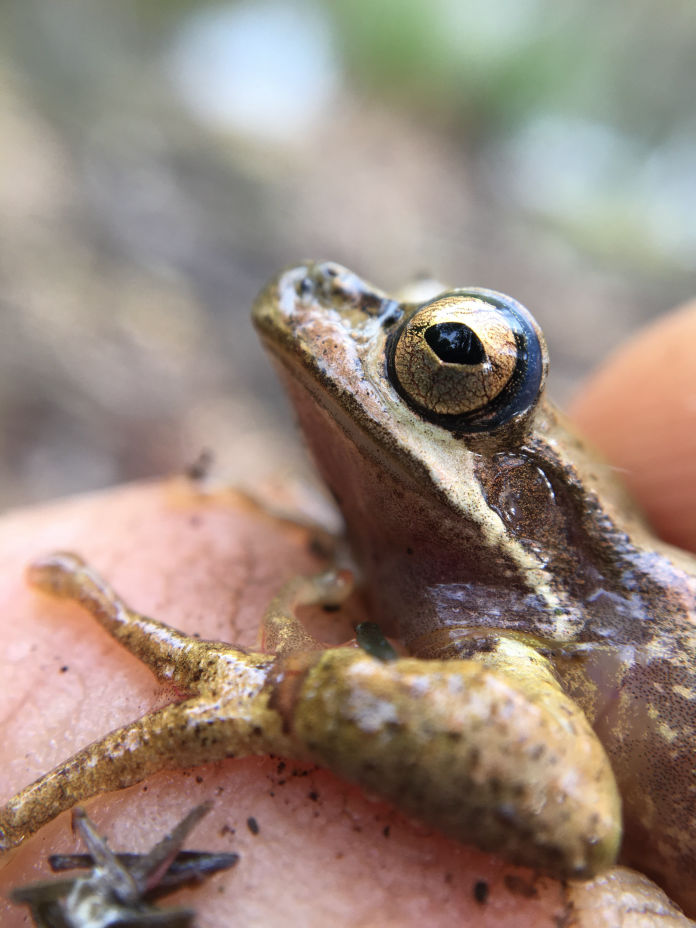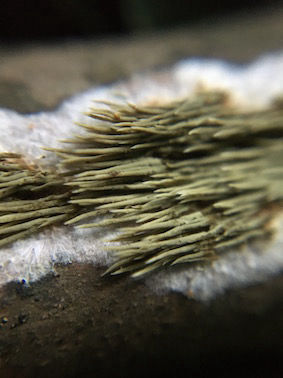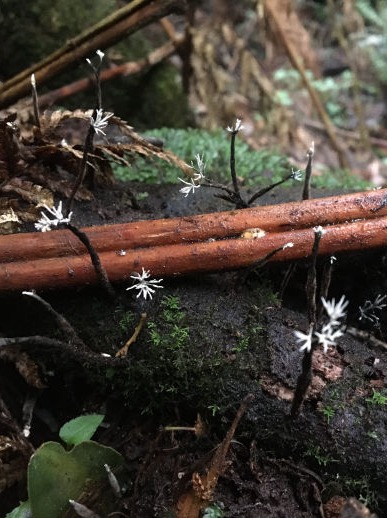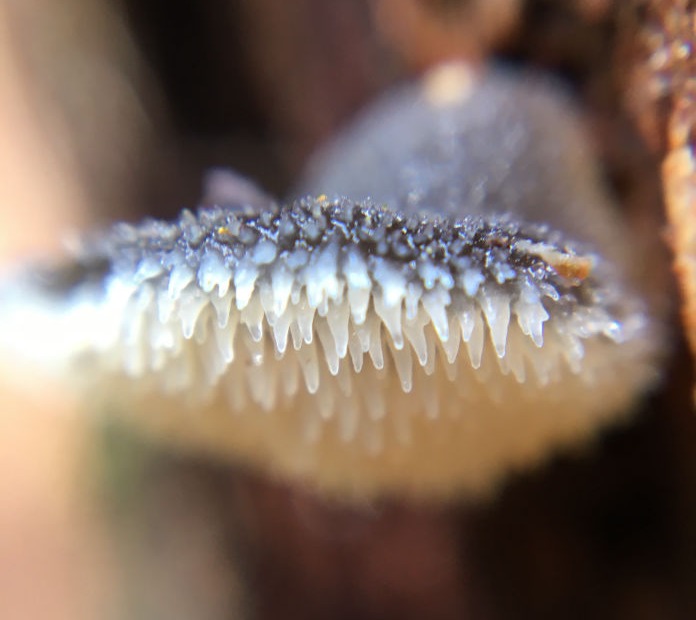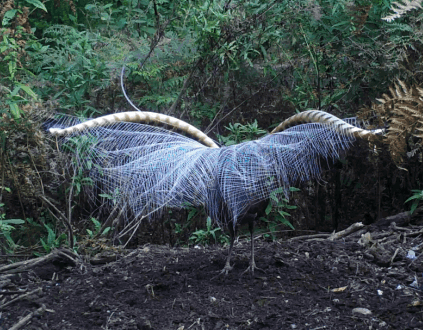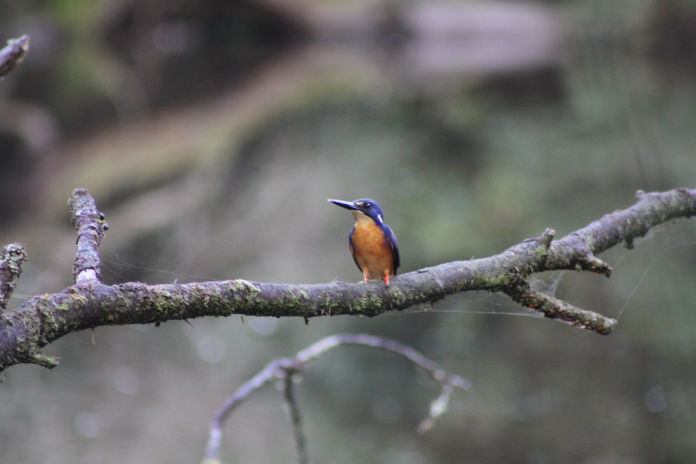
Azure Kingfisher
16.5.23
One of the highlights of the year so far was to see an Azure Kingfisher here for the first time. Libby said she saw one down at the dam, so I took the binoculars and camera down that afternoon while I was working on the birdhide and there it was! The first new species from the hide! I watched it fishing, and to my astonishment it caught a fish. It came close enough for me to get a couple of nice shots. I had introduced some Pygmy perch into the dam 2 years earlier to try and build up the ecosystem with small fish first then I had planned to introduce some bigger ones down the track. I released 30 of them…and never saw them again… until this one in the Kingfisher's beak.
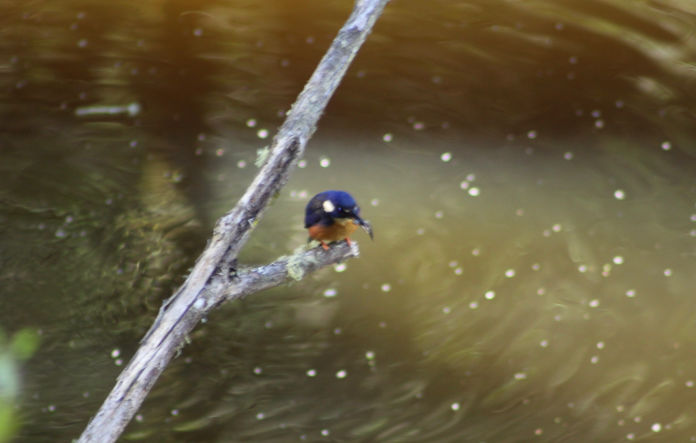
Kingfishers are thought to be in decline and one of the main drivers is loss of prey species. Most of our creeks and rivers don’t have healthy fish populations so basically there is not enough for kingfishers to eat.
Has adding the Pygmy perch bought Kingfishers to this area? I like to think so, so hopefully the Pygmy perch are breeding well enough to sustain this beautiful visitor. It has been here for two months now. It has inspired me to add more fish so i have been in contact with a native fish breeder to see if there are some Dwarf galaxias suitable to re-introduce here.
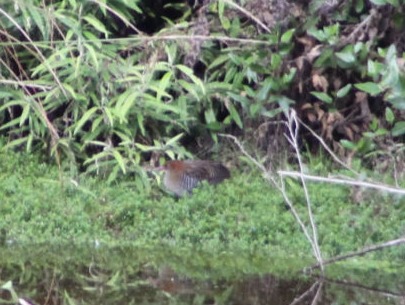
Lewin's rail
16.5.23
Just this week, Victoria and I recorded another new species of bird at the dam. We have identified it as the elusive and threatened Lewin’s rail. The second new one from the birdhide! There were only 5 records on the Victorian Biodiversity Atlas in South Gippsland, so this makes it 6. The beautiful bird was spreading it’s wings out to catch the sun by the waters edge. I have set up the trail camera down at the location to try and capture it on video. Not the best photo but enough to id it and to confirm they are here.
Read more about Lewin's rail here: https://www.swifft.net.au/cb_pages/sp_lewins_rail.php
